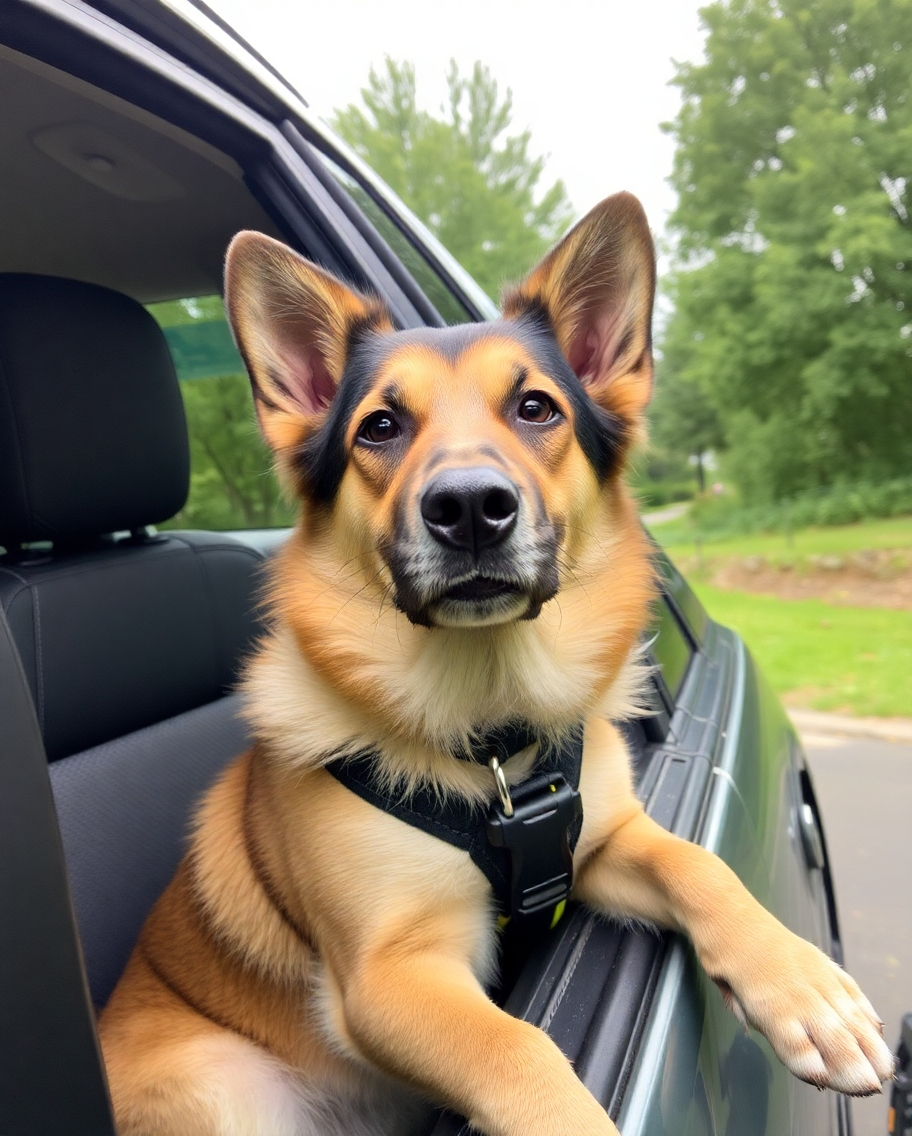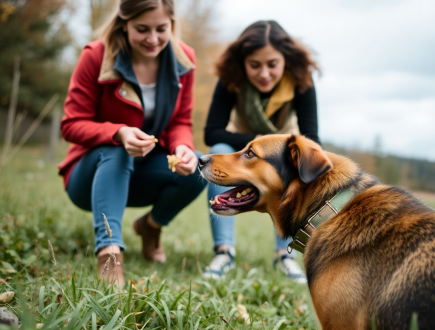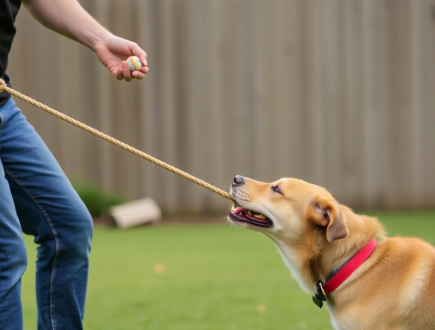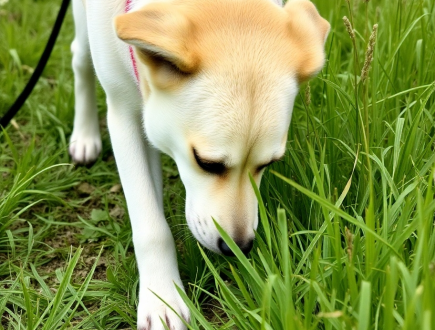Taking on a Socialized Protection Dog
Taking on a Socialized Protection Dog
Socialized protection dog, at six months old can be both rewarding and challenging. By this age, the dog has had foundational experiences shaping its behavior and temperament. However, when the environment changes—like moving from a kennel to a home—it’s common for the dog to exhibit new behaviors, such as mild aggression or overstimulation. Managing these behaviors and preparing the dog for its role as a protector requires structure, patience, and clear boundaries.
What Is Socialization and When Does It Start?
Socialization is the process of introducing a dog to various environments, people, animals, and experiences to help them develop confidence and appropriate behaviors. It begins as early as three weeks of age and continues actively until around 16 weeks. However, a socialized protection dog continues to learn throughout its life.
By six months, a well-socialized protection dog has likely:
Been exposed to different environments like parks, busy streets, and quiet spaces.
Interacted with various people and animals.
Learned basic obedience commands like “sit” and “stay.”
Comparing a Six-Month-Old Dog to a Human Child
A six-month-old puppy is like a curious toddler—full of energy and eager to explore but still needing guidance. Imagine a scenario:
A socialized protection dog raised in a kennel is brought into a home environment. Suddenly, the dog is like a child on a holiday—overwhelmed with new smells, sights, and emotional connections. This overstimulation can lead to confusion or mild aggression as the dog adjusts to its new world.
Why a Socialized Protection Dog May Show Aggression
When your socialized protection dog begins to show mild aggression toward family members, consider these factors:
- Did you allow the dog to make its own rules?
Dogs thrive with structure. Without clear boundaries, they may try to take control. - Did you reward good behavior and address bad behavior?
Ignoring bad behavior or inconsistently rewarding good actions can confuse the dog. - Is this dog a pet or a working protection dog?
A socialized protection dog must understand its role as a worker, not just a family pet. - When does protection work start?
Protection training begins immediately with foundational skills like focus and obedience before moving to advanced work.
Managing the Transition
Here’s how to handle the transition of a socialized protection dog into your home:
- Set Clear Boundaries:
Establish house rules immediately, such as designated sleeping areas or no jumping on furniture. - Reward Good Behavior:
Use treats, toys, or praise to reinforce desired actions. - Ignore and Redirect Bad Behavior:
Avoid punishing bad behavior directly; instead, use timeouts or distraction toys to redirect the dog. - Start Protection Work Immediately:
Begin foundational training like focus drills, impulse control, and structured walks. This prepares the dog for advanced protection tasks.
Conclusion
Bringing a protection dog into your home means managing learned behaviors while teaching new ones. As a working dog, it needs a clear structure and consistent training from day one.
By rewarding good behavior, addressing bad actions constructively, and starting foundational protection work immediately, you can help your dog transition smoothly. With patience and consistency, your protection dog will become a confident protector and a valued member of your home.
Previous Post
Dog Training Mastery: So, You Want the Perfect Dog?
Next Post
Bonding With Protection Dogs






